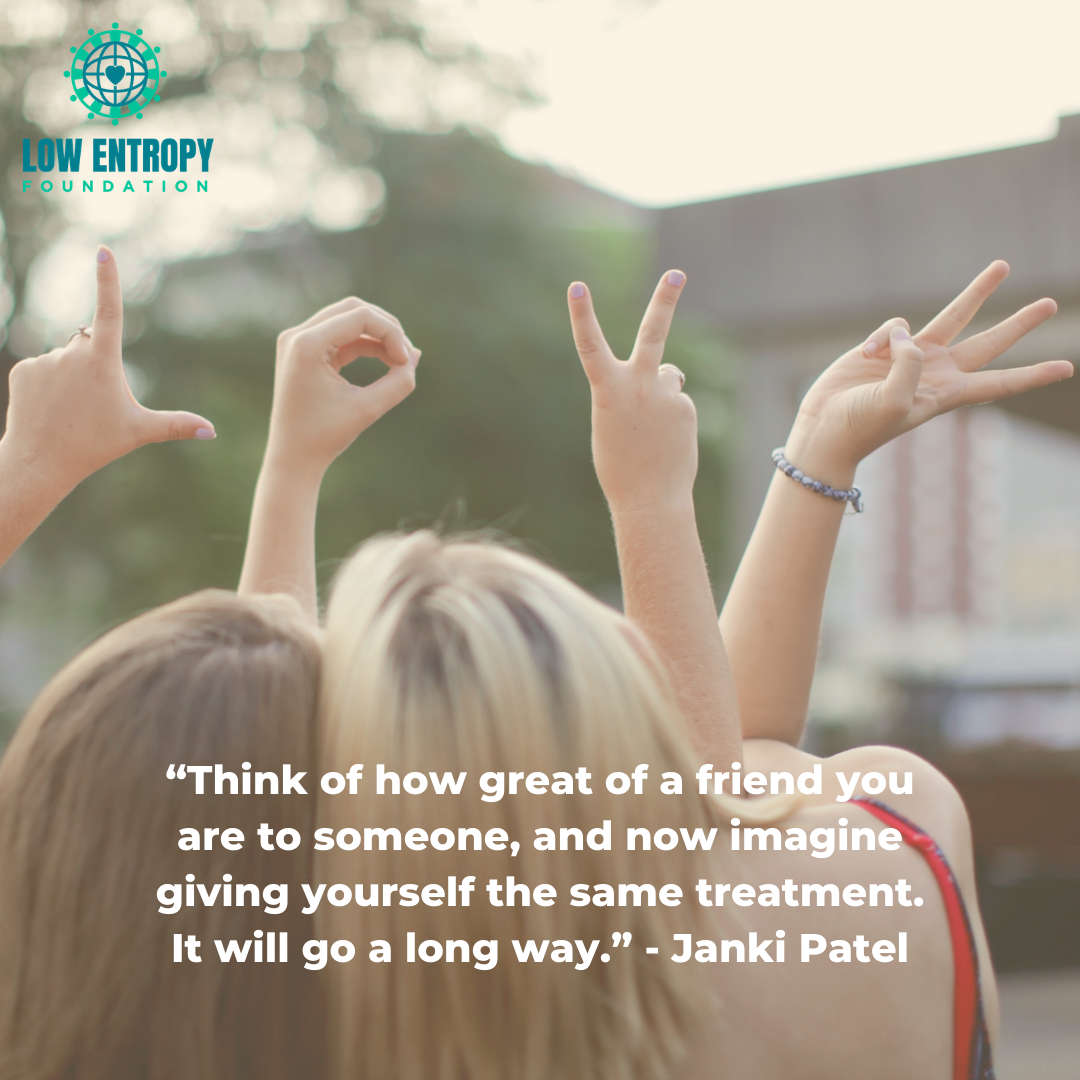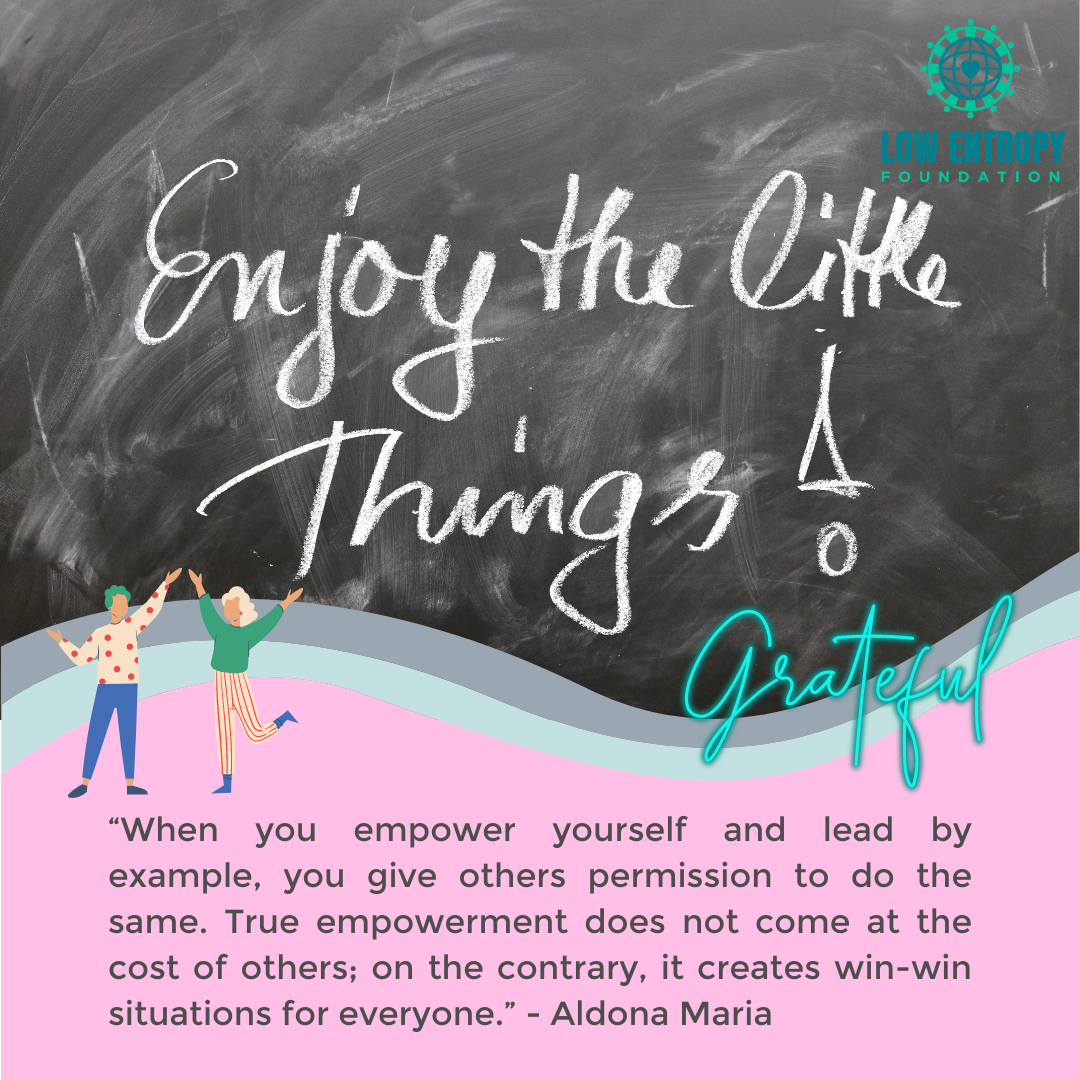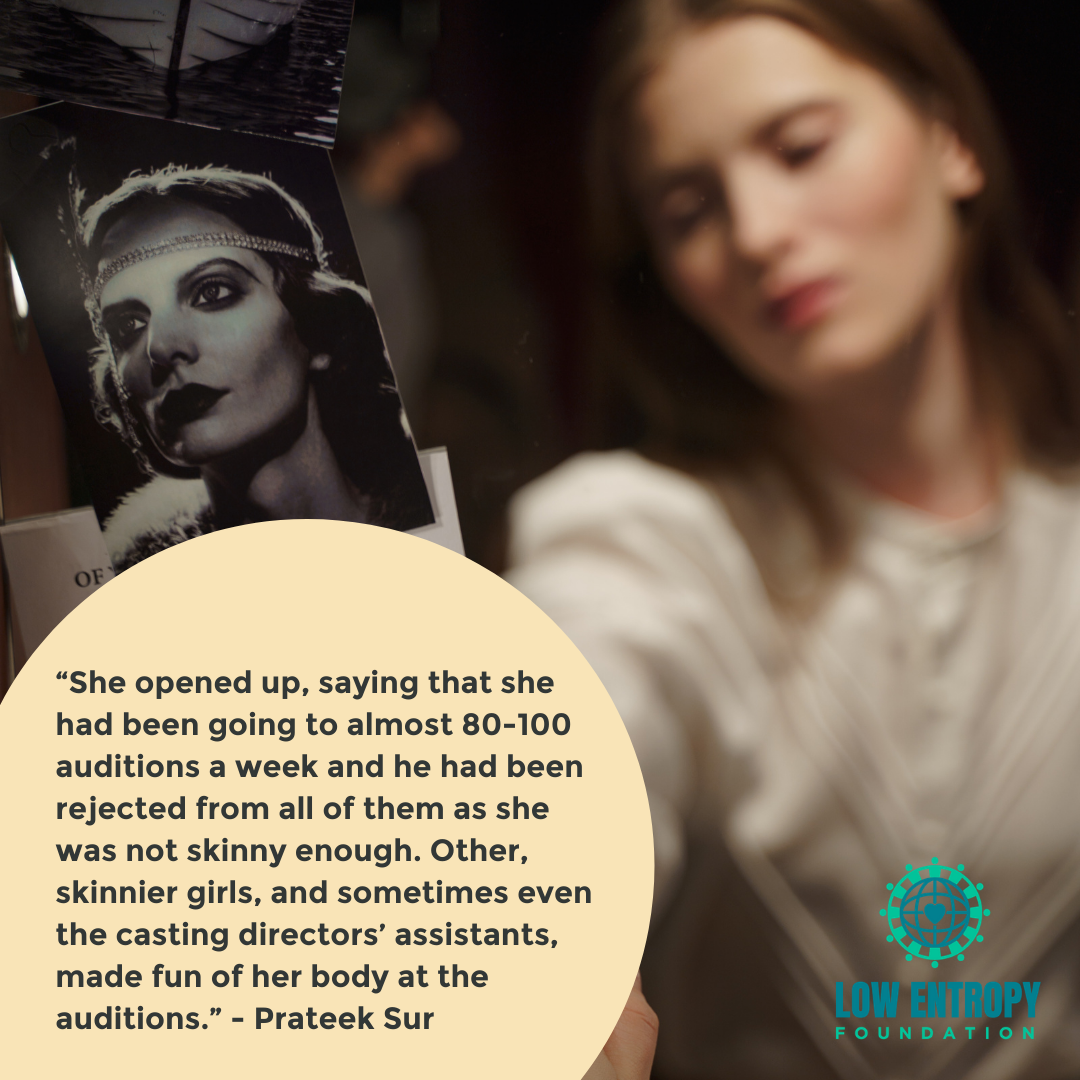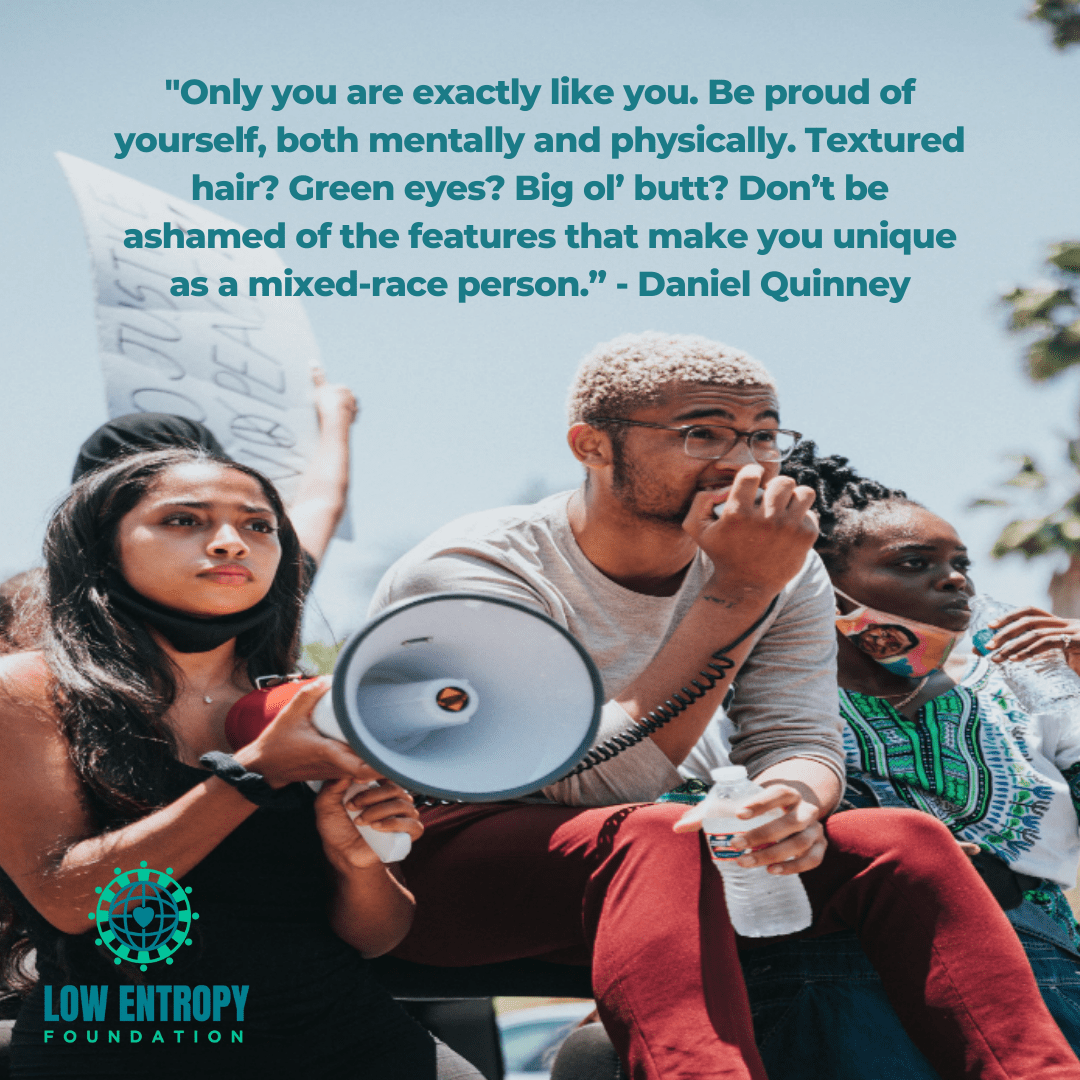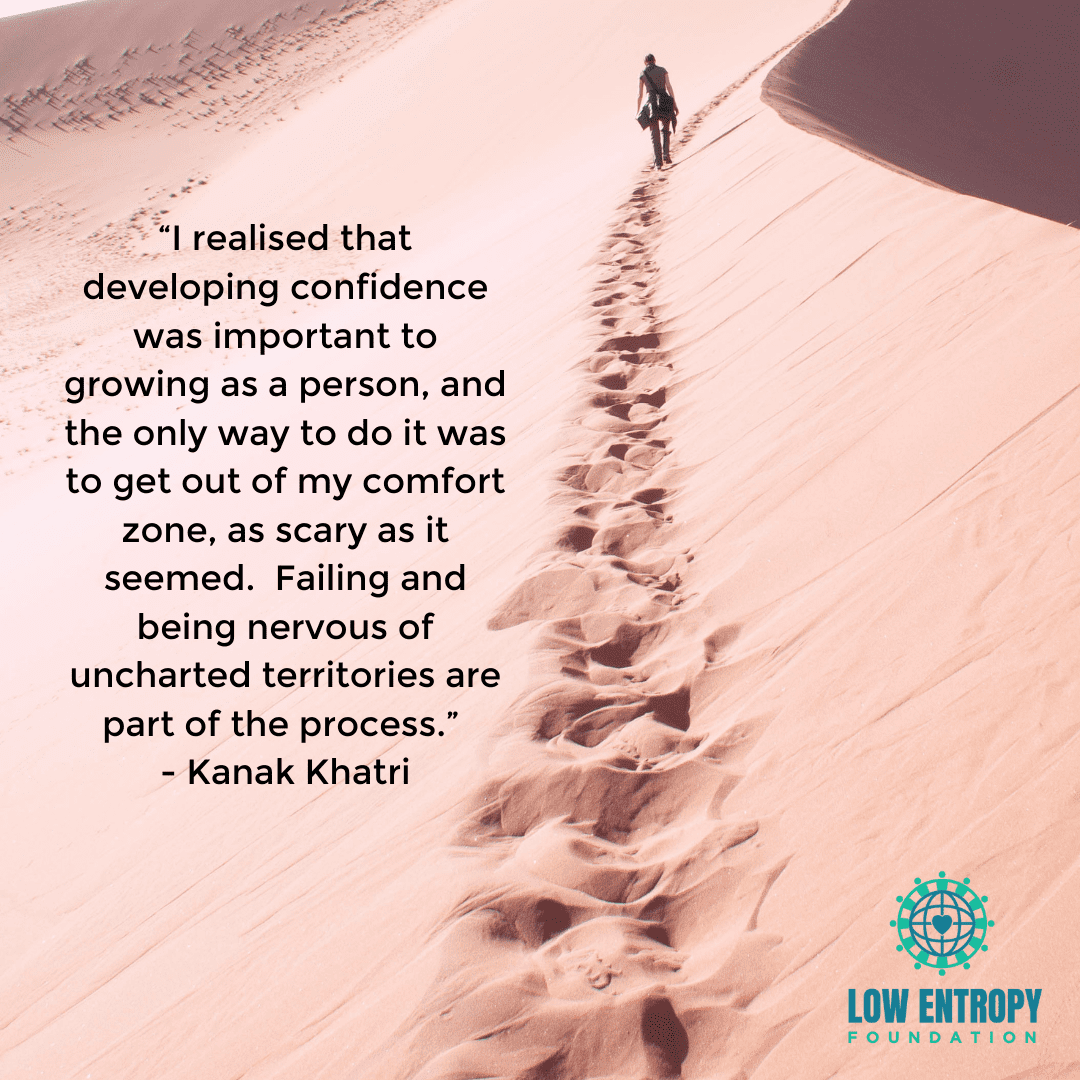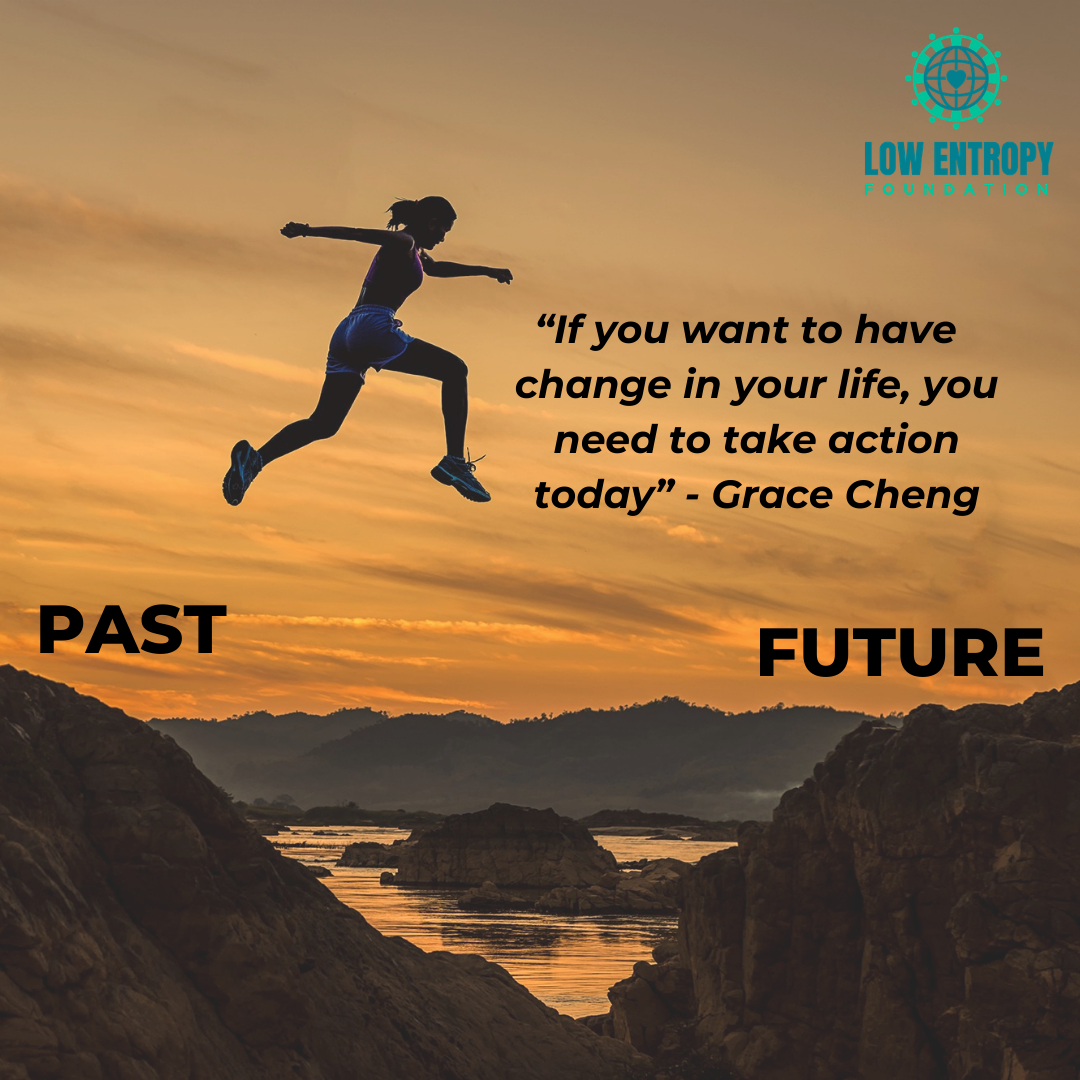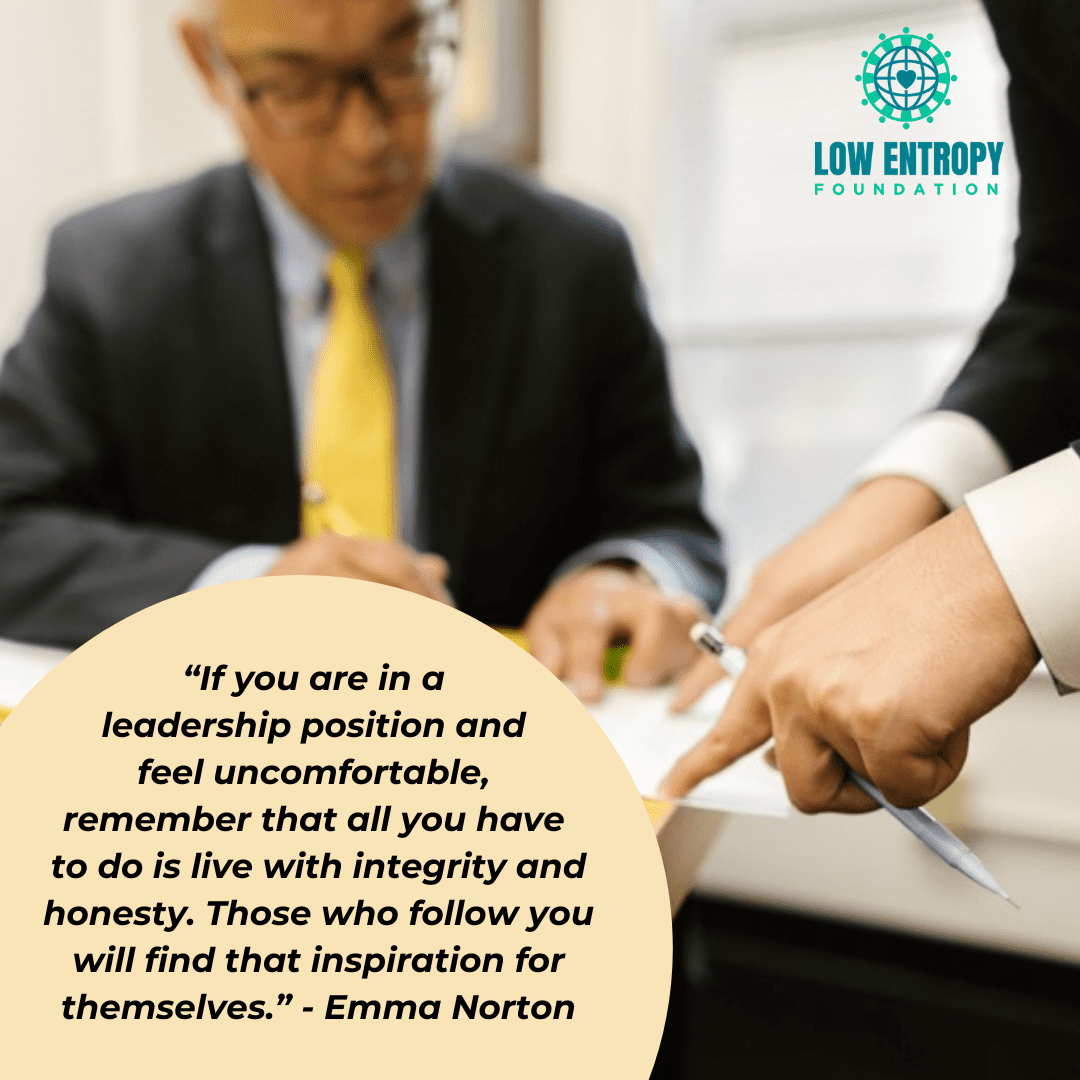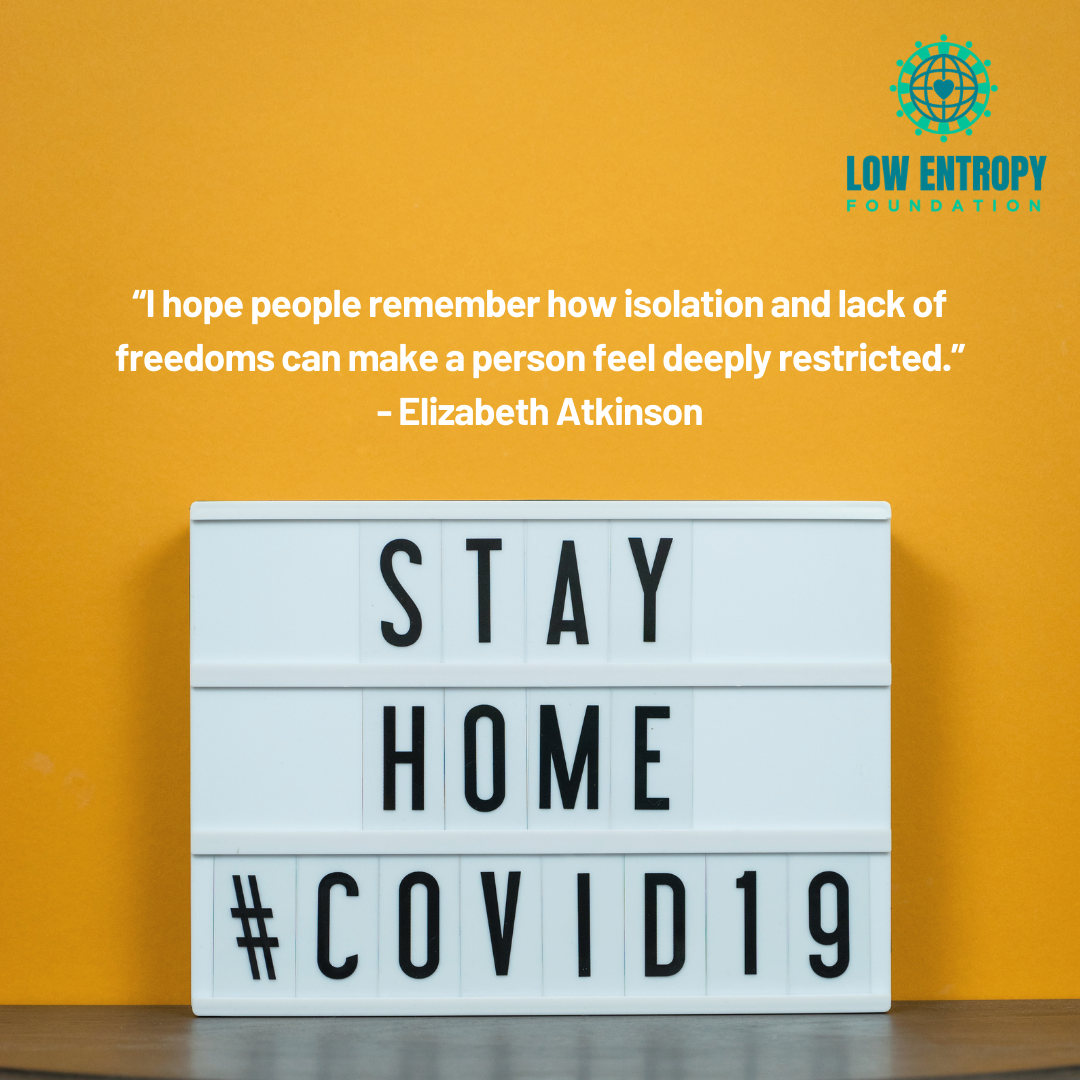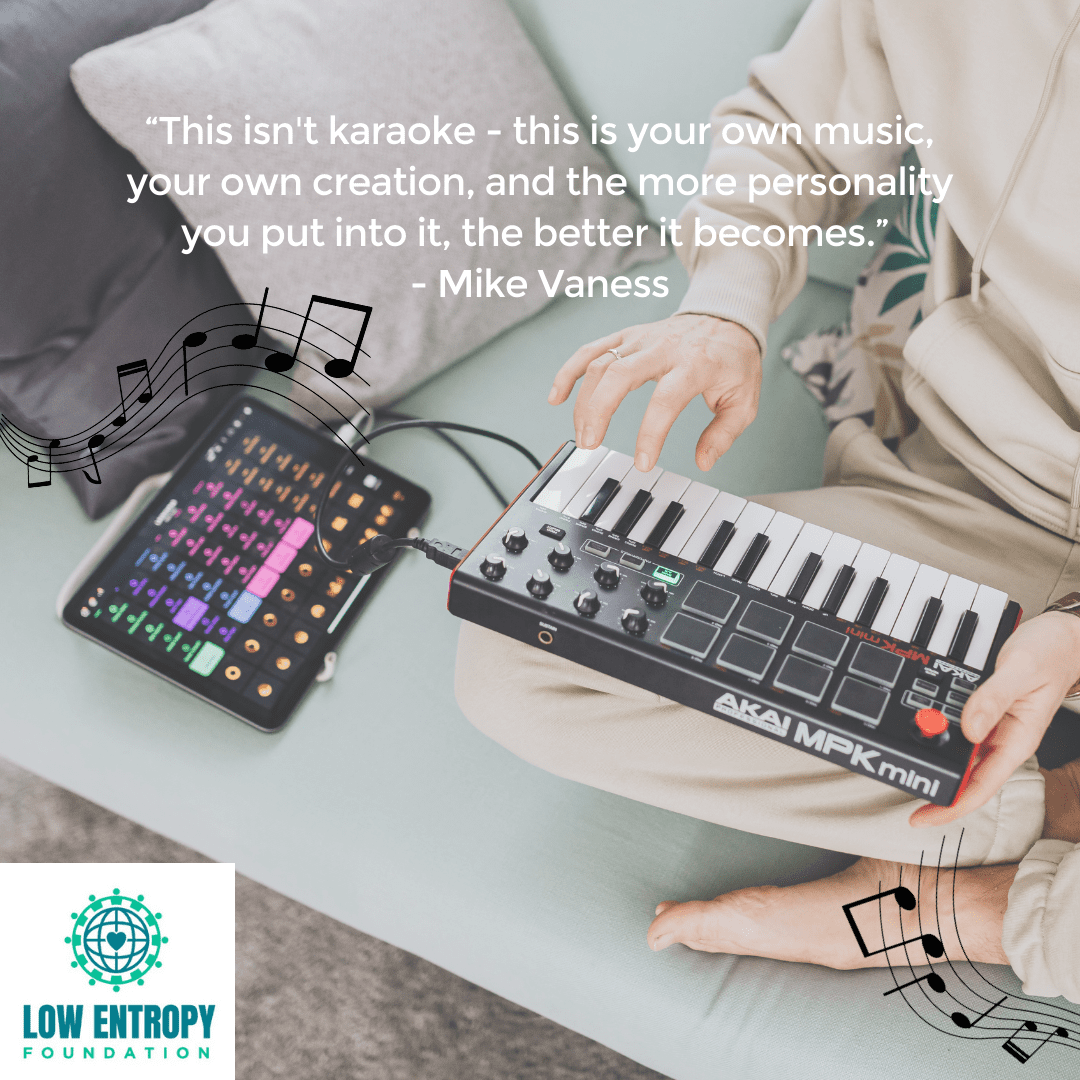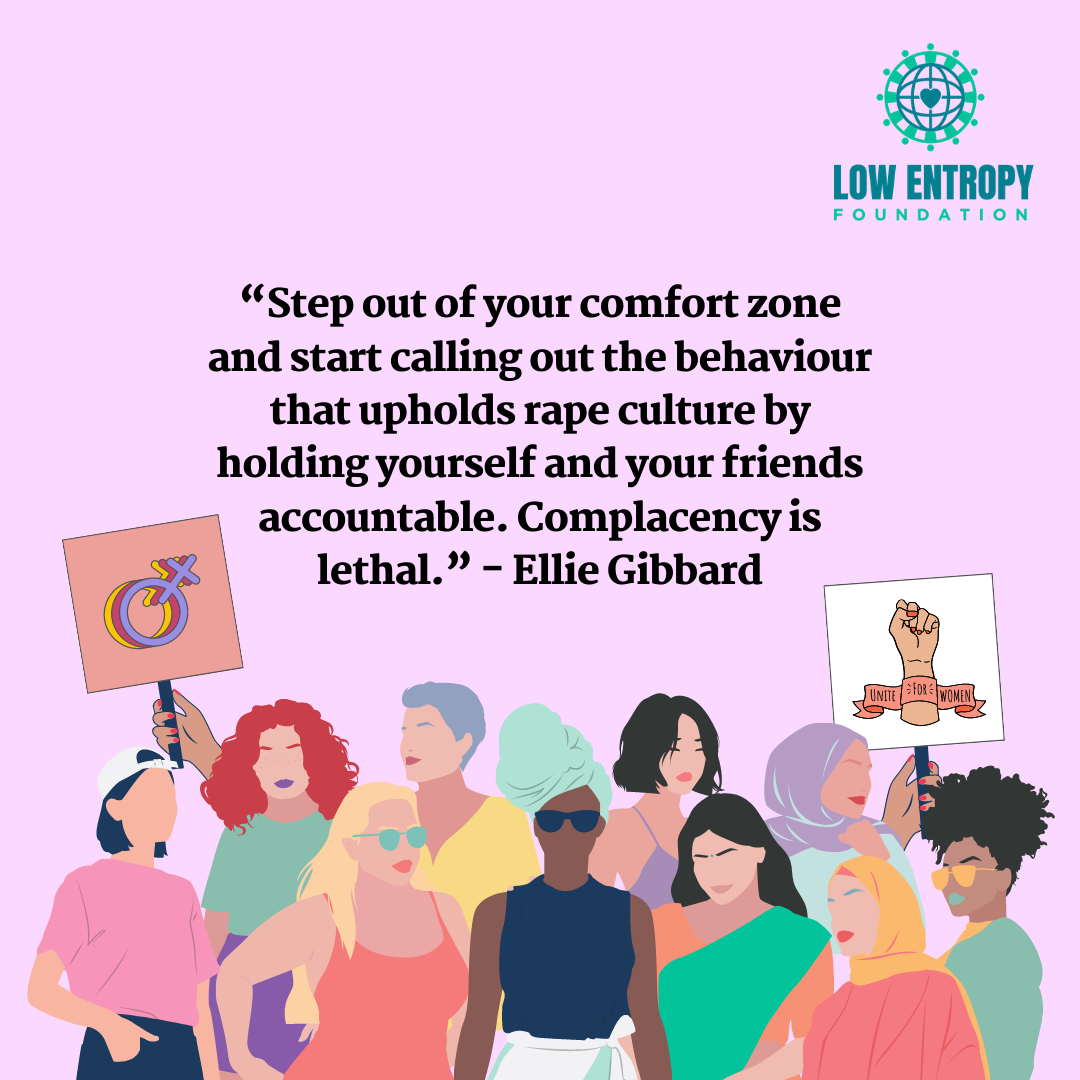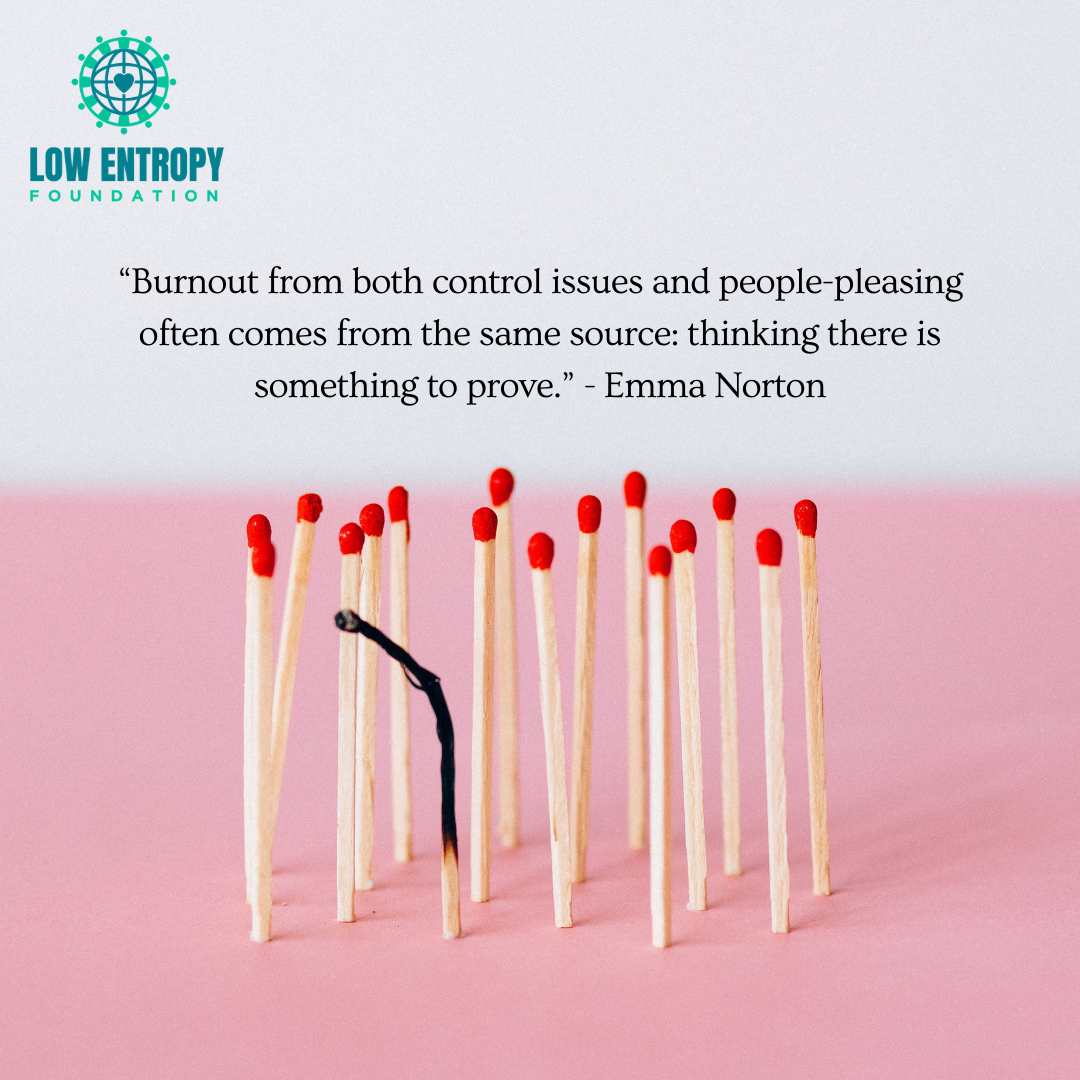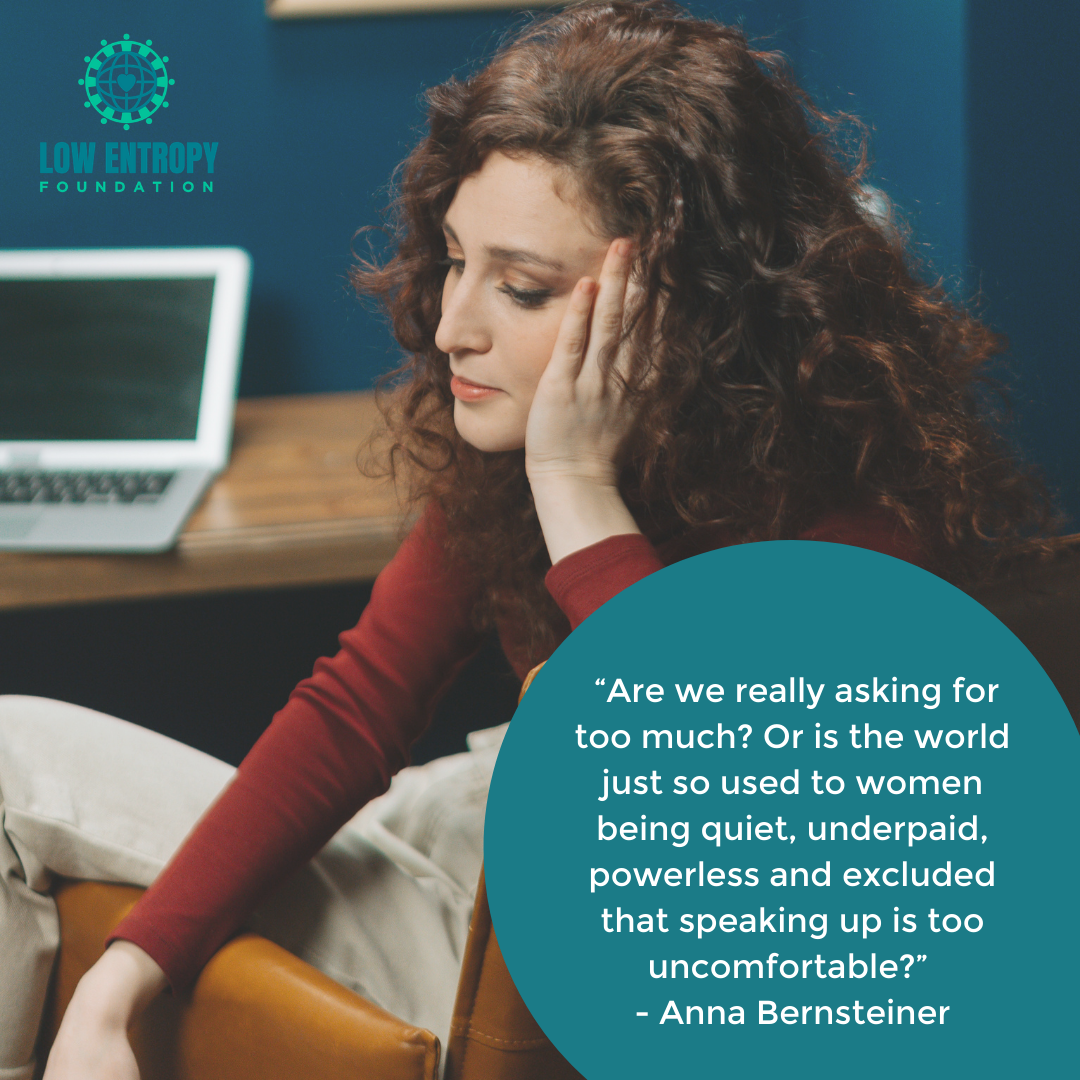We all look different, so why should beauty standards encourage us to be the same? Low Entropy Volunteer Writer Prateek Sur has a story that will hopefully encourage us to shed fat-shaming thoughts and become more body-positive.
Actresses in the film and television industry are supposed to maintain a certain kind of image. Not only are they required to always look good, but they’re also asked to maintain a specific body type. In most cases, this body type is skinny, but with big breasts. But there are short people and there are tall people, there are rich people and there and poor people, there are good people and there are bad people – so, why are women, in general, required in society to always be good-looking, skinny, fair and curvy? It’s not right!
Let me share with you a story of a friend of mine, who had just landed in Mumbai – the heart of Bollywood – from a small town to become an actress back in 2013. She was overweight for Bollywood standards, and she had no qualms about it. She joined our theatre group and that’s how we became friends. Everyone in the theatre group used to tell her in hushed tones to try and lose some weight, as that would help her bag better roles. She wasn’t that bothered as she was quite a happy-go-lucky girl, and quite outspoken too about her not being a slimmer body type. She had no shame in accepting herself as who she was, and I especially liked her because of this.
Soon enough, the devil caught up with her.
The girl, who was always bubbly and charming, suddenly started being low on energy and confidence. Never before did she falter in her lines for a play, but suddenly she started forgetting her lines and, at times, gave double-takes. It was affecting the rest of our performances. We didn’t know what the issue was and she didn’t tell us when we used to hang out.
One day, she came in late for practice and informed us all that she left the gym late. When she had first arrived in town, she was totally against going to the gym and believed that her talent and her learnings at the film school would help her build a career in films and television. Now, seeing her hitting the gym, we all started questioning her as to what had happened. After a little bit of prodding, she finally broke down in front of us.
She opened up, saying that she had been going to almost 80-100 auditions a week and he had been rejected from all of them as she was not skinny enough. Other, skinnier girls, and sometimes even the casting directors’ assistants, made fun of her body at the auditions. In one of the auditions, she advanced to the second round and then, on camera, was laughed at by everyone present in the room. She felt humiliated, as if she had committed some crime by being born with her body. That’s when she decided to hit the gym and shed some weight.
We all noticed what she wasn’t noticing. She was trying to lose weight, and there’s nothing wrong with that, but she was also slowly slipping into depression. We could see the change in her attitude in the weeks to come. She stopped hanging out with us after practice, and whenever she did, she didn’t indulge in any food. That was impacting her mind and her inner peace.
We all used to try and motivate her and tell her to stay cheerful and tell her not to take casting directors’ words and decisions to heart. We all used to try and pump up her confidence, but she had gone down to a state where she had lost all hope of ever making it in the film and television industry. The fact that she wasn’t losing much weight despite a strict diet and sincere gymming was also adding to her woes.
One day she informed our theatre group teacher and leader that she was packing up her life in Mumbai and going back to her hometown. Our upcoming show would probably be her last show. Our teacher, along with the rest of us, tried to inspire her to not lose hope and stick on, but she had already made up her mind to return home.
She left after a few days.
I happened to get a call a few days after she had arrived back in her hometown, from her father. I am not sure how he got my number, but he called me out of utter concern for his daughter. He asked me what had happened to his daughter, as she had sent a girl who was full of life to Mumbai, but the one who had returned was someone totally different. She hardly talked to them, never went out to meet her friends and would barely use her phone or laptop. She kept herself locked in her room most of the time. I told him what happened in Mumbai, as much as I knew. Her father felt sorry for the entire scenario and said that he would keep in touch with me if there was any other need.
After that, all of us from the theatre group barely got any responses from her to our messages. She never picked up our calls, and hardly ever joined our video chats. A few months later, she even left the WhatsApp groups of the theatre troupe. Slowly, we all disconnected from her.
Almost a year later, I got a call from a friend of mine who was casting for a TV show. As he had seen our play and had seen the girl perform on stage, he asked me for her contact. I told him that she might not pick up his calls as she was no longer in Mumbai and barely responded to any of ours. My friend asked me if there was a video recording of our play which had her performance in it. I had that recording on my laptop and sent it over to my friend.
A few days after that, my friend called me again and he sounded happy. He told me that he had shown the video of the play to the director and producers of the show, and they loved the girl’s performance. He asked me to get in touch with her somehow and ask her to come back to Mumbai for a face-to-face audition, as she was almost guaranteed to be cast for the show.
After getting all the details about the show from my friend, I remembered that I had the girl’s dad’s contact number. I called him, and sure enough, he recognised me. After the usual pleasantries, he informed me that his daughter had been seeing a therapist for almost a year for depression. I asked her father if he could give the phone to his daughter, as she wasn’t picking up any of our calls. Unable to convince his daughter to speak on the phone, he decided to just put the phone on speaker while holding it in front of her.
I told her that she had been almost finalised for a show on StarPlus TV’s upcoming new show as the lead actress. She started talking now, and I could hear that gleam of joy returning to her voice. She was inquisitive about the show. I told her all the details, about how it was one of India’s biggest television channels and the show was being made by one of the biggest TV czarinas in the Indian film and television industry. I told the girl about how I had sent the video of our play to my casting director friend and how things got into motion. The girl wanted to know the character that she was to play, and I told her that it was the lead. She couldn’t believe me, as she knew her looks and body type didn’t match that of any other lead actress, and she was thinking that she would be playing some small part. I had to assure her that she would indeed be the lead. She fit the bill perfectly.
As it happened, they were looking for an actress who was heavier than the Bollywood standard, and thus could bring freshness to the show.
Soon afterward, she was back in Mumbai. She did the final look tests and got selected for the show. Within minutes of her being selected, I could see that she had gone back to being that old happy-go-lucky girl whom I had come to know for some time.
The makers of the show didn’t ask her to lose any weight, as the show demanded someone who could steal the audience’s hearts with her performance, and not by their physical appearance.
And that’s exactly what happened. The show went on to become one of the most popular shows of the year. The girl went on to win a couple of awards at popular award shows for her performance as well. She is back to being her real self now, and there is no depression anymore in her personal life. On the contrary, she has started using her Instagram page to share body positivity stories and give a piece of her mind to people who think that actresses must only be of a specific body type.
Isn’t that women’s empowerment at its best? She is sharing from her own experiences to empower others.
She is now one of the leading actresses in her genre and has millions of fans. Despite becoming so famous, she hasn’t forgotten us from the theatre troupe. She always meets us and chats with us whenever she’s free. At the same time, she uses her popularity to make young girls entering the film industry aware of the perils she faced at the start, how she overcame her depression and how everyone should have good friends around who can help them lift their spirits.
Now, looking at her story, it is up to us to ensure that weight is no longer a bane, but a boon for actresses everywhere.
Indeed, let’s all work on eliminating shame from the social discourse about peoples’ bodies. If you have a tale of body positivity, please share it with us in the comments below, or on any of our social media platforms – help inspire us all to love each other unconditionally!







